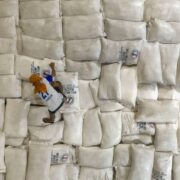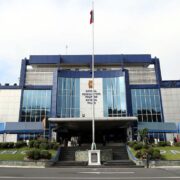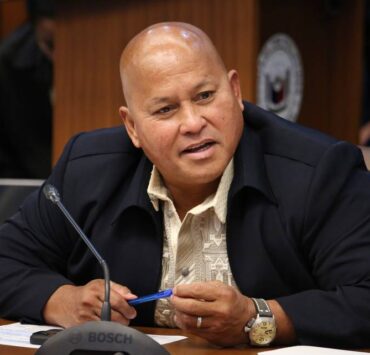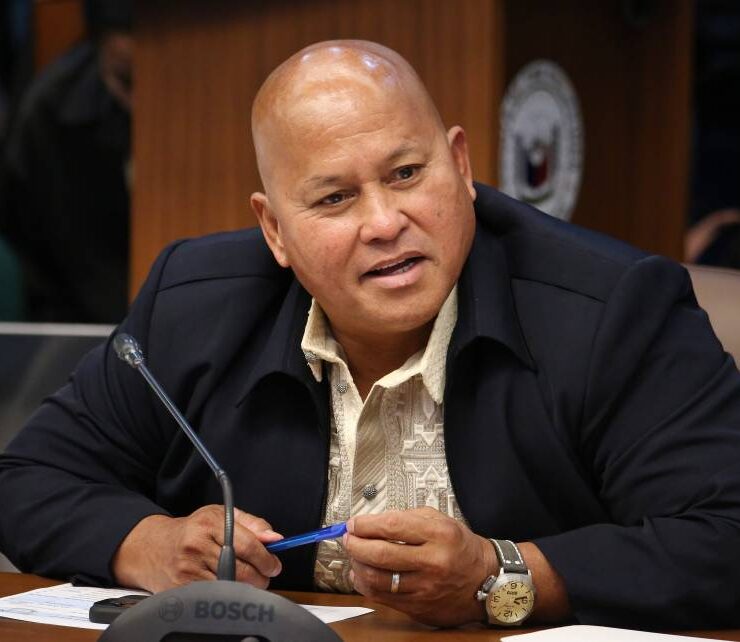Gov’t sets ‘flexible’ tariff on rice imports
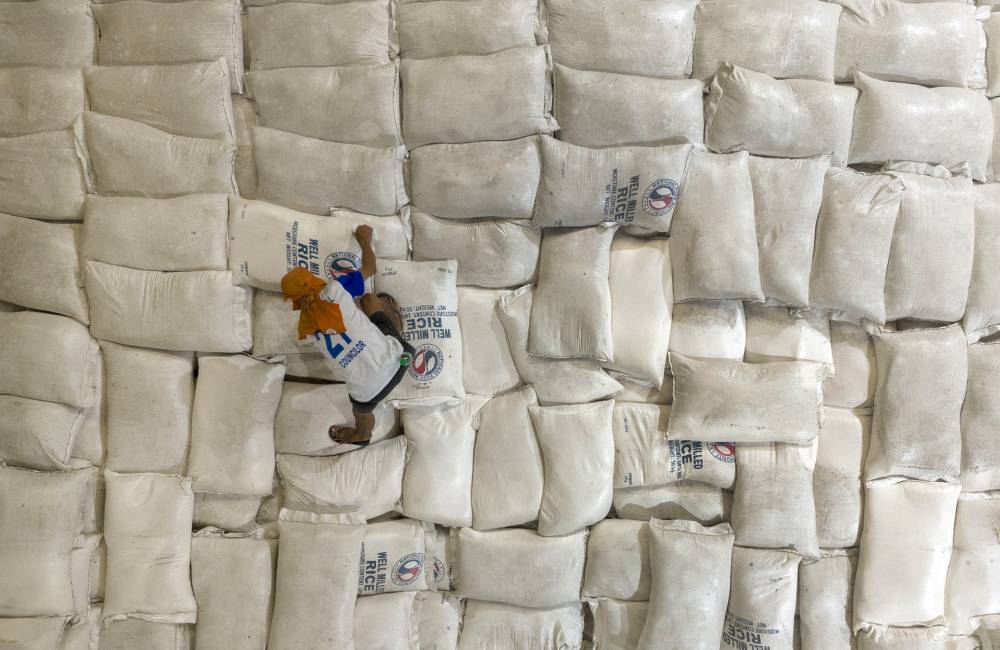
President Marcos has issued Executive Order (EO) No. 105 on the adoption next year of a flexible tariff rate on rice imports ranging from 15 percent to 35 percent, depending on world market prices of the food staple.
Signed on Nov. 7 and released by Malacañang on Sunday, EO 105 creates the Inter-Agency Group on Rice Tariff Adjustment (IAGRTA) to formulate the guidelines on the increase or decrease in the tariffs imposed on imported rice.
Along with President Marcos’ previous EO 102, which extends the suspension on the importation of regular- and well-milled rice until the end of 2025, the flexible tariff scheme is seen to ensure stable palay prices to benefit farmers and retail costs for consumers, as well as allow enough buffer stock until the next harvest season.
The new policy, which takes effect January 2026, was recommended by the administration’s tariff and related matters committee and approved on Nov. 4 by the Economic and Development Council, formerly known as the National Economic and Development Authority Board, which is chaired by the President.
Welfare of farmers, consumers
The government expects the flexible tariff policy to work as an automatic stabilizing mechanism for the rice sector.
When world market prices of rice are high, the tariff will be set at a lower rate close to 15 percent to encourage more imports to help keep domestic supply stable and thus temper local retail prices.
The tariff will be set at a higher rate closer to 35 percent when world market prices are low to discourage cheap imports that could flood the market and depress the farm-gate prices received by local farmers.
The government hopes the policy will strike a balance between consumer welfare and farmer protection.
Guidelines
Under EO 105, the current 15-percent import duty on rice will be maintained until Dec. 31.
But starting on Jan. 1, 2026, the tariff for imported rice will be increased by 5 percentage points for every 5-percent decrease in international rice prices, or lowered by 5 percentage points for every 5-percent jump in world rice prices.
The tariff imposed on imported rice will in no case drop below 15 percent or above 35 percent.
IAGRTA will formulate the guidelines such as the determination of the thresholds, certification that such thresholds or trigger price levels have been reached, monitoring period, and other relevant details regarding the import duty on rice.
The group will be composed of representatives from the Department of Economy, Planning and Development, Department of Agriculture (DA), Department of Trade and Industry, Department of Finance, and the Office of the Special Assistant to the President for Investment and Economic Affairs.
EO 105 amends EO 62, issued by President Marcos in June 2024, which slashed rice tariffs from 35 percent to 15 percent until 2028 to help tame rice retail prices and slow food inflation.
Under the previous EO, tariffs on imported rice were subject to a review every four months.
The DA’s technical working group has until Dec. 15 to determine “the right tariff” to be implemented by Jan. 1, 2026, when rice imports resume.




